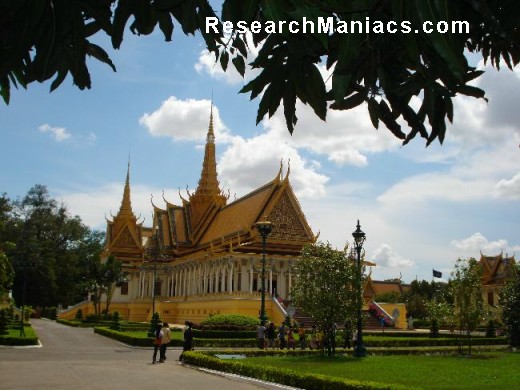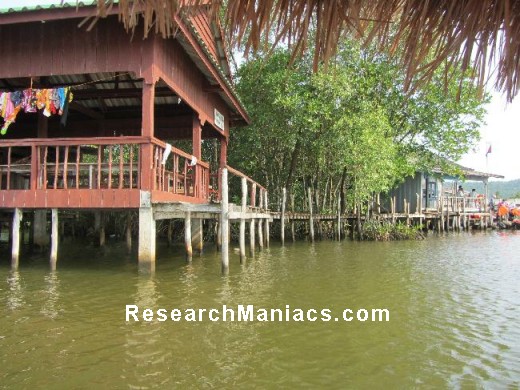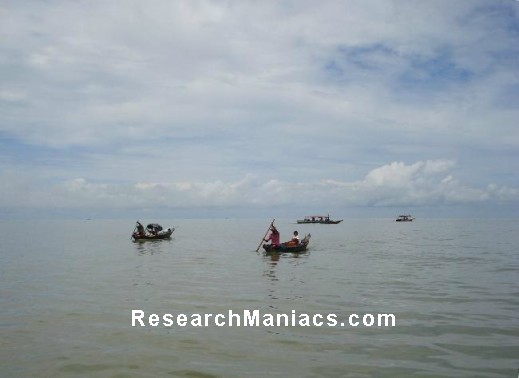Cambodia
Information about Cambodia
Most Cambodians consider themselves to be Khmers, descendants of the Angkor Empire that extended over much of Southeast Asia and reached its
zenith between the 10th and 13th centuries.
Attacks by the Thai and Cham (from present-day Vietnam) weakened the empire, ushering in a long period of decline.
The king placed the country under French protection in 1863 and it became part of French Indochina in 1887.
Following Japanese occupation in World War II,
Cambodia gained full independence from France in 1953.
In April 1975, after a five-year struggle, Communist Khmer Rouge forces captured Phnom Penh
and evacuated all cities and towns.
At least 1.5 million Cambodians died from execution, forced hardships, or starvation during the Khmer Rouge regime under POL POT.
A December 1978 Vietnamese invasion drove the Khmer Rouge into the countryside, began a 10-year Vietnamese occupation, and touched off almost 13 years of civil war.
The 1991 Paris Peace Accords mandated democratic elections and a ceasefire, which was not fully respected by the Khmer Rouge.
UN-sponsored elections in 1993 helped restore some semblance of normalcy under a coalition government.
Factional fighting in 1997 ended the first coalition government, but a second round of national elections in 1998 led to the formation of another coalition government and renewed political stability.
The remaining elements of the Khmer Rouge surrendered in early 1999.
Some of the surviving Khmer Rouge leaders have been tried or are awaiting trial for crimes against humanity by a hybrid UN-Cambodian tribunal supported by international assistance.
Elections in July 2003 were relatively peaceful, but it took one year of negotiations between contending political parties before a coalition government was formed.
In October 2004, King Norodom SIHANOUK abdicated the throne and his son, Prince Norodom SIHAMONI, was selected to succeed him.
Local elections were held in Cambodia in April 2007, with little of the pre-election violence that preceded prior elections.
National elections in July 2008 were relatively peaceful.

Above picture: The Throne Hall at the Royal Palace grounds in Phnom Penh. Built in 1917, the building was where the king's confidants, generals, and royal officials once carried out their duties. Today it is used for religious and royal ceremonies, and as a meeting place for guests of the king.

Above picture: Boat house on the Prek Toeuk Sap River in Ream National Park about 18 km (11 mi) from Sihanoukville. The park, which covers approximately 15,000 ha (37,000 acres), was founded by King Norodom SIHANOUK in 1993. It contains about 150 species of birds and has a large monkey population.

Above picture: Boats on Tonle Sap, Cambodia's huge freshwater lake. During the dry season from November to May, the lake is fairly shallow - only about one meter deep - allowing boats to be poled. During the monsoon season, waters from the flooding Mekong River back up raising the lake depth to about nine meters. This annual pulsing over a large floodplain brings in high sediment and nutrient fluxes allowing for rich aquatic diversity. Tonle Sap is one of the most productive inland fisheries in the world.
|
|
|
|